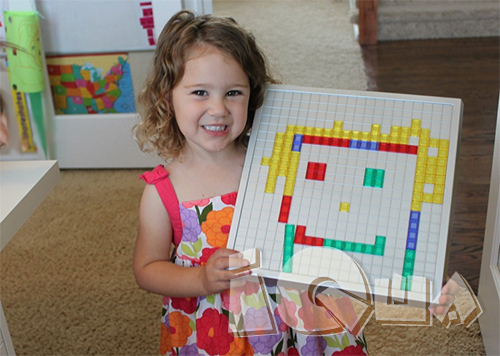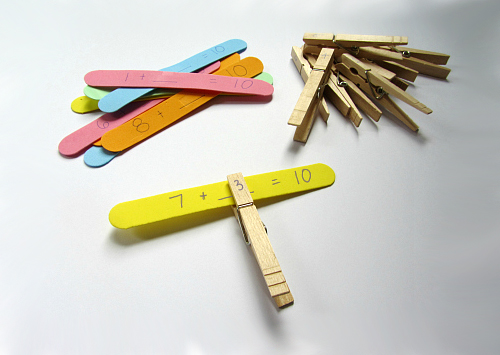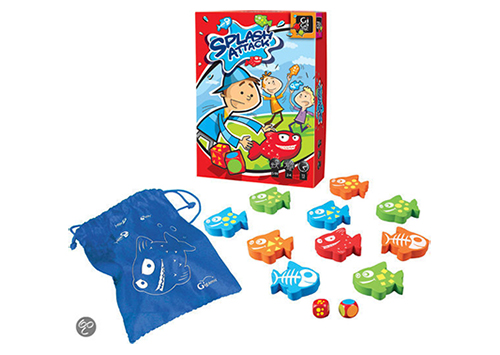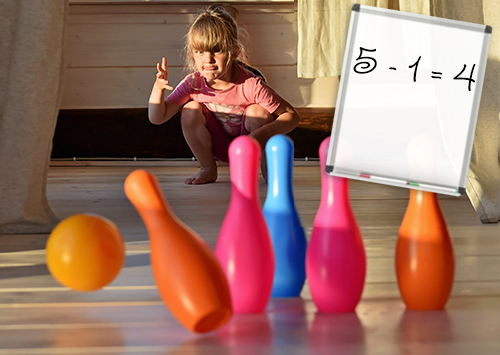
We all want our children to grow up capable to cope with any tasks, be they from mathematicians, teachers, or sellers. Skills for finding solutions are closely connected with corporal feelings and experiencing the interpretation of what you see, what you hear, and what you touch. Logical abilities are constructed on the basic fundamentals of mathematics and logic which help your child to practice in a number of sensory experiences and design an understanding of the environment.
As well, psychologists and researchers discovered that skills of logical-mathematical thinking develop in close connection with musical abilities therefore musical toys play an important role in the development of skills for solving different tasks.
Remember:
- Three- and four-year-olds base their understanding of the environment on what they see, not on logical conclusions.
- Preschool children find it difficult to focus on something bigger than what their perception of things tells them.
- Numerical abstractions can be difficult for three - and four-year old children who did not learn the names of the figures and quantities they designate.
Three-year old Alex insists that his high tower has more cubes than Sonya’s, whose cubes are put in the shape of “a train”, even after the tutor helps count each group. Alex uses his vision which says his "big" tower has more cubes. Alex will need more training with tutors to understand that his initial perception was incorrect.
Younger preschool children use their sensory perception in combination with units of simple information acquired in the last experience for understanding the environment. But they base their understanding on what they see, rather than their logical conclusions. They need to pass through a set of illogical thinking processes before starting comprehending logical feeling of the environment. Having provided the child with an opportunity to be trained through games, remember the following parameters of his thinking:
Assessment by Sign
When the outline, appearance, or texture of objects is changed, it becomes difficult to preschool children to understand that their quantity remains the same. For example, during her afternoon snack, Ann dumps a box of crackers on a table. Sue considers her hardly filled box of crackers then sulks and asks why Ann has more crackers. She logically doesn't understand that if Ann's crackers were collected back in the box, their quantity would look and be the same.
Concentration on one thing at a time
As it is hard for younger preschool children to focus on something other than their own initial perception, they tend to sort objects rather by one sign, than by two.
For example, having received some cubes of different sizes, colors, and forms, young three-year-old children can decide to sort them in one line by size and call it a "train". Older three-and four-year-olds are already capable of organizing groups of cubes based on two signs (color-shape, color-size).
Ignorance of Numbers
Preschool children are also rather illogical when the time comes to comprehend abstract numbers.
Pouring jugs of water and counting them "four, five, six", Tim doesn't mean connect the counted water to the real amount. But also, through his direct experience in the course of this task, Tim will start understanding numbers and counting value.
How to teach 3 and 4 year olds
Use various styles of training.
Some children like to jump around and do nothing all day without a break. Direct these children toward researching the possible larger amounts of materials and objects.
Other children feel more comfortable observing someone's activity and asking questions. Be sure that you find enough time to discuss what is happening.
Stimulate their curiosity and cognitive skills. Offer fascinating manipulations - for example, ask them to compare color sticks or whetstones by the size and to string a bead on a thread so that it’s possible to see a certain pattern.
Note aloud the relationship of cause and effect. Adding an egg to a bowl with flour, ask, “What will happen next?” Prepare a glass with the yellow paint and another with blue paint. Before mixing the paints, ask: “What will happen?”
Reveal cogitative problems all day. For example, when the child cleans toys or places books, suggest classifying the objects by different categories. Suggest comparing the quantity and even the weight of products when shopping.
Article is prepared by Natalya Zherebilova








